The digital landscape is in a state of constant evolution, and the cybersecurity threats we face are becoming increasingly sophisticated and unpredictable. As we look ahead to 2025, it’s crucial for organizations of all sizes to understand the emerging risks and proactively prepare their defenses.
What are the threats that keep even the experts at tech giants like Google up at night? And what strategies can businesses and governments employ to build resilience in this volatile environment?
These are some of the critical questions that will be addressed in a power-packed session at the upcoming #RISK Digital North America event on January 30th. The session, titled ”Cybersecurity Threats in 2025: Preparing for the Unexpected,” will bring together a panel of leading cybersecurity minds, including Josh Iroko, Managing Consultant at Google, to provide a glimpse into the future of cyber threats and offer actionable insights for navigating the challenges ahead.
A Panel of Experts
Joining Josh Iroko will be Bhavin P. Kapadia, an expert in AI Security and Cyber GenAI, Daniel Goodwin, an Account Executive at Acuity Risk Management with hands on experience helping businesses manage their risks, and Dr. Alexis Perdereaux-Weekes, Co-Founder and Senior Managing Partner of CyberMINDS Research Institute, Inc., bringing a vital research-driven perspective to the discussion.
The Threat Landscape in 2025: What to Expect
While predicting the future with absolute certainty is impossible, cybersecurity experts are already seeing trends that point to the key threats organizations will likely face in 2025. These include:
AI-Powered Attacks
Artificial intelligence is a double-edged sword. While it offers powerful tools for cybersecurity defense, it’s also being leveraged by attackers to create more sophisticated and evasive malware, automate phishing campaigns, and even generate deepfakes for social engineering. Bhavin P. Kapadia’s expertise in AI security will be invaluable in understanding how to defend against these AI-driven threats.
Ransomware’s Continued Evolution
Ransomware will remain a significant threat, with attacks becoming more targeted, sophisticated, and potentially destructive. We can expect to see more “double extortion” tactics, where attackers not only encrypt data but also steal it and threaten to release it publicly. Ransomware gangs may also increasingly target operational technology (OT) and critical infrastructure, causing widespread disruption. The insights from Acuity’s Daniel Goodwin on mitigating operational risks will be highly relevant here.
Supply Chain Vulnerabilities
Attacks targeting the software supply chain, like the SolarWinds and Kaseya incidents, will likely continue to be a major concern. Organizations will need to rigorously vet their third-party vendors and implement robust security measures throughout their supply chains. Dr. Perdereaux-Weekes’ research-based insights will be critical in understanding the systemic nature of these vulnerabilities.
Cloud Security Challenges
As organizations continue to migrate to the cloud, securing cloud environments will become even more critical. Misconfigurations, access control issues, and vulnerabilities in cloud-native applications will be prime targets for attackers. With his experience at Google, Josh Iroko will undoubtedly offer valuable perspectives on cloud security best practices.
The Human Element
Social engineering, phishing attacks, and insider threats will remain significant risks. Attackers will continue to exploit human vulnerabilities to gain access to sensitive data and systems. Education and awareness training will be crucial to mitigating these risks.
Geopolitical Instability and Cyber Warfare
The ongoing geopolitical tensions around the world are likely to spill over into the cyber domain. State-sponsored cyberattacks targeting critical infrastructure, government agencies, and businesses could increase in frequency and severity.
IoT Insecurity
The proliferation of Internet of Things (IoT) devices, many with weak security, will continue to expand the attack surface. Securing these devices and the networks they connect to will be a growing challenge.
Attacks on Operational Technology (OT)
Cyber attacks targeting critical infrastructure like power grids, transportation, and manufacturing are on the rise and expected to grow. Attacks can disrupt essential services and even endanger lives.
Data Privacy Under Pressure
With new laws and regulations relating to personal data being constantly introduced, organisations will have to keep on top of developments and implement suitable measures to ensure compliance.
Building Resilience: Strategies for 2025 and Beyond
The #RISK Digital North America session will not only outline these threats but also provide practical strategies for building resilience. Key areas of focus will likely include:
- Proactive Threat Intelligence: Leveraging threat intelligence feeds, conducting regular threat modeling exercises, and sharing information with industry peers to stay ahead of emerging threats.
- Zero Trust Security: Implementing a zero-trust security model, where no user or device is trusted by default, and access is granted on a least-privilege basis.
- AI and Automation for Defense: Using AI and machine learning to enhance threat detection, automate incident response, and improve security posture.
- Cloud Security Best Practices: Implementing robust security controls in cloud environments, including strong access management, data encryption, and continuous monitoring.
- Supply Chain Security Assessments: Rigorously vetting third-party vendors and implementing security requirements throughout the supply chain.
- Employee Training and Awareness: Educating employees about cybersecurity threats and best practices to reduce the risk of human error.
- Incident Response Planning: Developing and regularly testing incident response plans to ensure a swift and effective response to cyberattacks.
- Collaboration and Information Sharing: Working with industry peers, government agencies, and information sharing and analysis centers (ISACs) to share threat intelligence and best practices.
A Must-Attend Event
The “#RISK Digital North America” event, taking place on January 30th, offers a unique opportunity to gain insights from leading experts like Josh Iroko, Bhavin P. Kapadia, Daniel Goodwin, and Dr. Alexis Perdereaux-Weekes. Their combined expertise, spanning Google’s cutting-edge security practices, AI risk, real-world risk management, and academic research, provides a holistic view of the cybersecurity landscape.
This particular session, ”Cybersecurity Threats in 2025: Preparing for the Unexpected,” is essential for anyone responsible for safeguarding their organization’s digital assets. Whether you’re a CISO, a security analyst, an IT manager, or a business leader, you’ll walk away with actionable knowledge to help you prepare for the challenges ahead.
Don’t miss this chance to learn from the best in the business and gain a critical advantage in the ever-evolving cybersecurity battleground.
Register for free today and secure your spot
Even if you can’t attend live, registering ensures you’ll receive on-demand access to the session recording for a limited time, allowing you to benefit from these invaluable insights at your convenience.
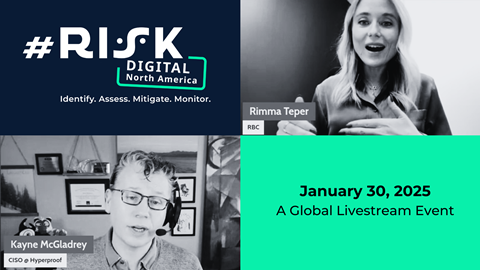

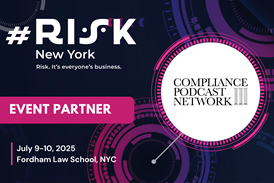
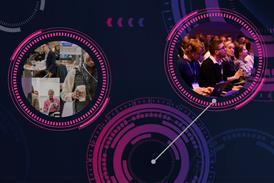


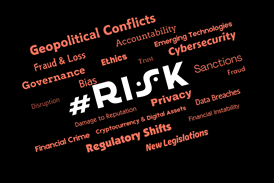


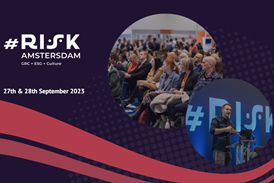
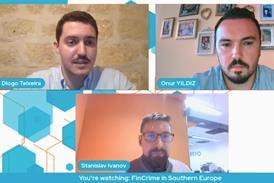
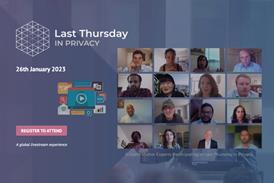
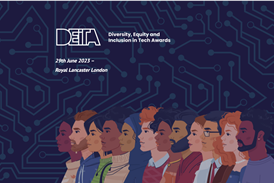
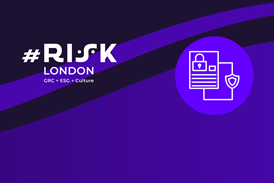
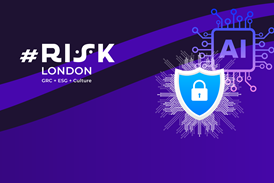








No comments yet